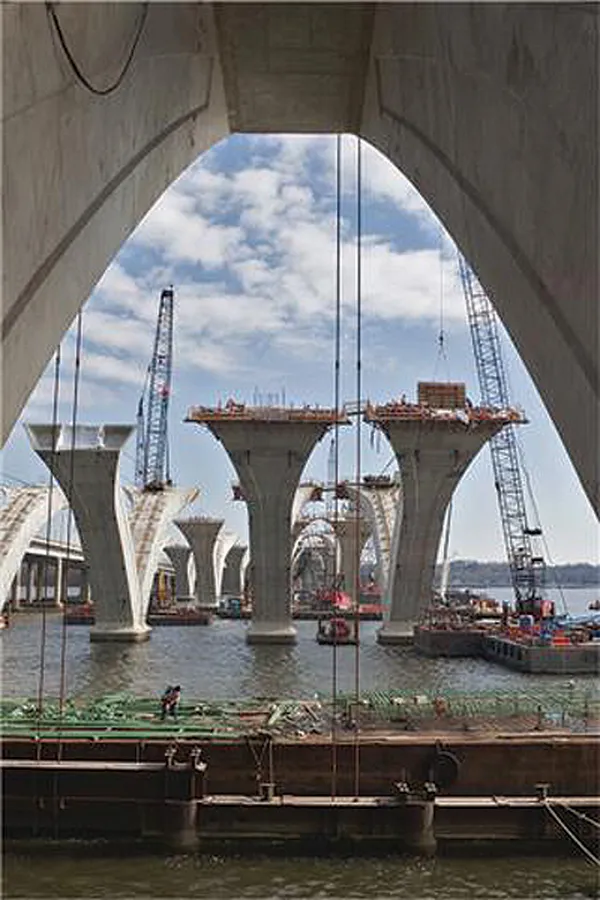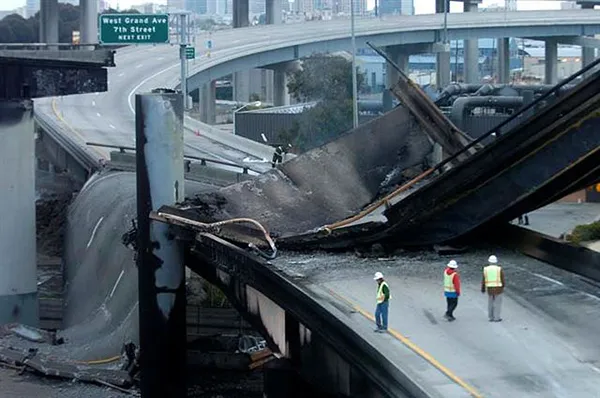A senior US construction association figure has praised congressional leaders for breaking the “logjam” over the introduction of a highway bill to generate jobs and improve transport infrastructure.
March 19, 2012
Read time: 2 mins
A senior US construction association figure has praised congressional leaders for breaking the “logjam” over the introduction of a highway bill to generate jobs and improve transport infrastructure. Speaking earlier this week Pete Ruane, president and chief executive of the American Road & Transportation Builders Association (ARTBA), said: “The surface transportation reauthorization process has been gridlocked on Capitol Hill for 28 months. With action in several House committees this week on a multi-year bill, the logjam is beginning to break free. “We commend the House Transportation & Infrastructure Committee and other congressional leaders for their commitment to move the legislation forward.” In late 2007, ARTBA released a 72-page report containing the transportation construction industry’s legislative recommendations for the next reauthorisation bill. It called for an increase in infrastructure investment to meet the needs identified by the U.S. Department of Transportation. It also outlined a series of reforms to improve the efficiency of the transportation planning process. “The House bill would put many of these meaningful reforms into place,” added Mr Ruane. “Its proposals to consolidate or eliminate duplicate programmes, reduce bureaucratic red tape to help speed the delivery of transportation improvements, expand the use of innovative finance and public-private partnerships, and eliminate earmarks will help to restore the public’s trust in the value of federal transportation investment." Mr Ruane said the proposed measures would still authourise less for the core federal highway and transit programmes than Congress approved for the financial year 2011. And he urged members of the House and Senate to explore ways to boost transport industry investment levels during the legislative process leading to the creation of the highway bill. He continued: “It is essential that the House advance its multi-year bill. After more than two years of can-kicking, it’s time to get the job done.”







